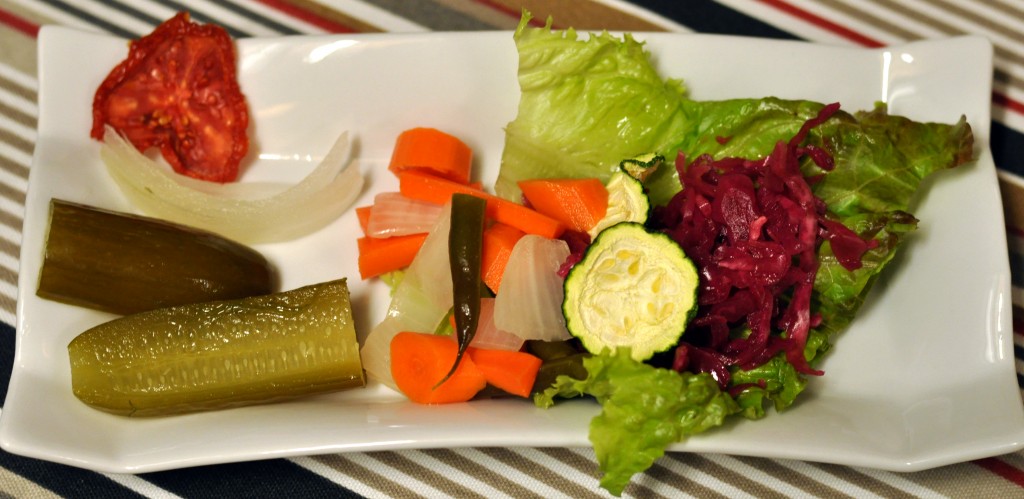In today’s video we demonstrate how to use The Perfect Pickler.
PRESERVING FOODS: Food preservation usually involves preventing the growth of bacteria, fungi (such as yeasts), and other micro-organisms (although some methods work by introducing benign bacteria, or fungi to the food), as well as retarding the oxidation of fats which cause rancidity.
Last month we demonstrated how to use the Excalibur Dehydrator to show one method of preserving foods. This month we are looking at preserving foods by pickling.
PICKLING is a method of preserving food in an edible anti-microbial liquid. Pickling can be broadly categorized into two categories: chemical pickling and fermentation pickling.
In chemical pickling, the food is placed in an edible liquid that inhibits or kills bacteria and other micro-organisms. Typical pickling agents include brine (high in salt), vinegar, alcohol, and vegetable oil, especially olive oil but also many other oils. Many chemical pickling processes also involve heating or boiling so that the food being preserved becomes saturated with the pickling agent. Common chemically pickled foods include cucumbers, peppers, corned beef, herring, and eggs, as well as mixed vegetables such as piccalilli.
In fermentation pickling, the food itself produces the preservation agent, typically by a process that produces lactic acid. Fermented pickles include sauerkraut, nukazuke, kimchi, surströmming, and curtido.
Watch the video below to see Judy prepare the following: Pickles, Pickled Carrots & Pickled Cabbage
Recipes
We used the Perfect Pickler apparatus to make the three foods below – follow the instructions to make your own!
- Make a salt brine – made of 2 tbsp. coarse sea salt in 4 cups water, stir until the salt is dissolved.
- Fill your jar until almost full with veggies then fill with the salt brine (above)
- Cover with the Perfect Pickler stainless steel cup and cap with the pickling apparatus on top
- Put in a cool place for 4-5 days out of the sun.
Dill Pickles: use fresh crisp small cucumbers – cut into 2 inch pieces – follow the same steps above
Carrots: use fresh washed & peeled carrots in bite sized pieces – follow the same steps above (add in more vegetables for a mixed vegetable jar: onion slivers and green beans in 1 inch pieces)
Sauerkraut: shred 1 whole cabbage then put in large mouth jar, tamping down hard to pack the cabbage well – follow the rest of the step as above

